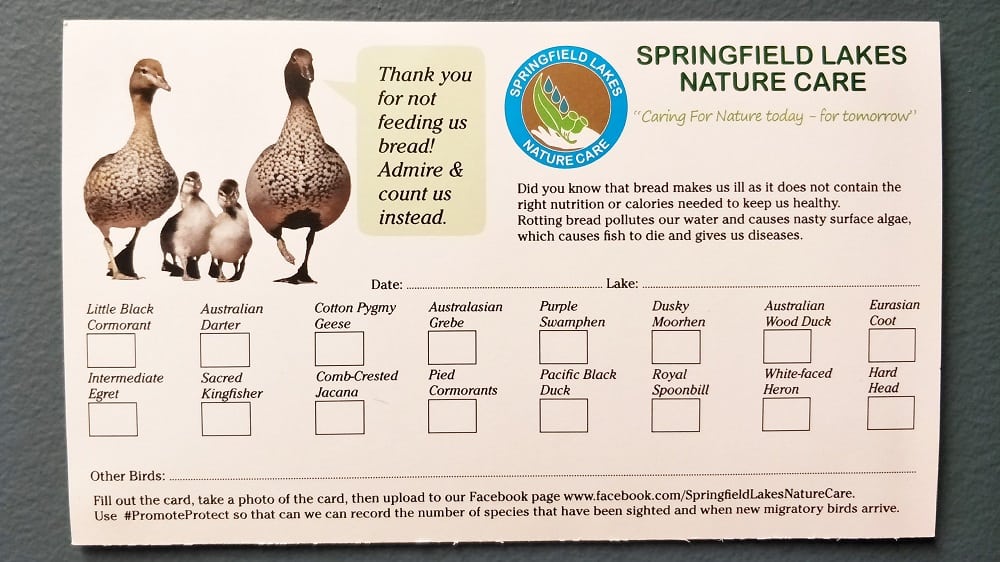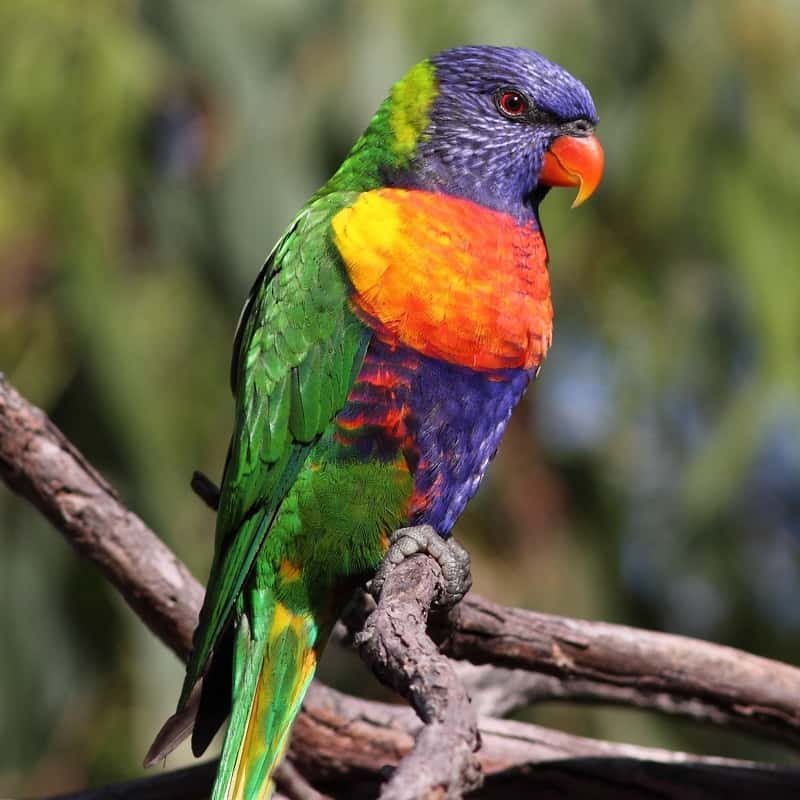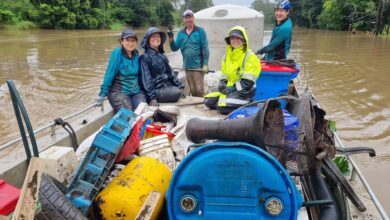Don’t make the water foul for our waterfowl. Springfield Lakes Nature Care has come up with a family activity to replace the traditional bread throwing.
In less than an hour Springfield Lakes Nature Care president Luise Manning saw three separate family groups throwing bread into one section of a lake.
Even when the ducks stopped showing interest, the bread keep coming, scraps left floating in the water.
It’s a tradition that many of us took for granted growing up – feeding hungry ducks a bit of bread – but Ms Manning says it’s a habit that’s actually incredibly harmful both to our wildlife and the environment.
She said bread is like junk food for birds, filling them up instead of their normal nutritious diet. A lack of nutrition can lead to problems such as angel wing, which prevents birds from flying and makes them more prone to predators.
The uneaten bread also sinks and rots in the water, potentially leading to serious problems such as botulism which can be fatal for ducks and other wildlife.
“(Bread feeding) has been happening through the ages, but birds don’t need the food,” she said. “(For humans) it’s about the interaction with birds,” she said.
“Our committee thought to offer a replacement activity, as just admiring birds is not enough maybe for people with children. So we designed a postcard where people can tick off what birds they see, and it includes a subtle message.
“Our whole aim was that we have these beautiful ducks and we want to protect them. You don’t see them in every lake. It’s a new wetland created environment (at Springfield Lakes) and we want to keep them coming back.”
The group had a community grant from Lendlease to print the postcards, which feature some of the main birds spotted at Springfield Lakes. The postcards are at Moselle’s Restaurant, Dark Horse cafe, MyVet at Springfield Lakes Metro or Community Offices in Division 1 and 9.
People are encouraged to post their results on Springfield Lakes Nature Care’s Facebook page, which also helps the volunteer group know more about the local wildlife.
Ms Manning said the group launched the postcards in time for the annual Backyard Bird Count, which sees people from across Australia spend 20 minutes on October 22 noting the birdlife in their area.
A reference card like the one from Springfield Lakes Nature Care can be helpful for beginners who are new to bird-watching.


Backyard Bird Count (October 22-28)
Birdlife Australia is calling on everyone to spend 20 minutes in their backyards or local spaces and count the birds they see for the fifth annual Backyard Bird Count.
Using the specially designed app, which helps people identify local birds based on size, colour and location, the aim is to count more than 2 million birds in seven days.
The data collected by citizen scientists from across the country is helping BirdLife Australia gain a unique insight into changing populations.
In 2017 the Backyard Bird Count more than 72,000 participants recorded more than 1.9 million birds belonging to 578 species.


